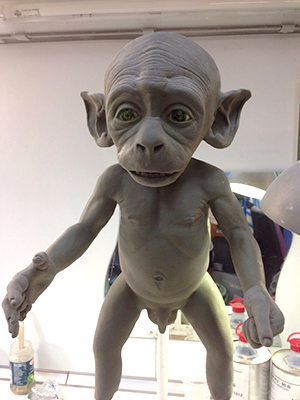Jun 15 2015
The aim of the research carried out by the Computational Cognitive Robotics Group from the Department of Artificial Intelligence of the School of Computing Engineering at Universidad Politécnica de Madrid (UPM) is the development of a Spanish pioneering robot that can establish visual and linguistic interaction with a human interlocutor.

“Advanced robots with certain cognitive capacities such as vision or even spoken communication through natural language are to have a high impact on modern societies, being able to act as real companions for both children and adults”, explained UPM Professor Darío Maravall, a participant in this research along with other members of the Computational Cognitive Robotics Group, the full professor Javier de Lope Asiaín and Dr. Juan Pablo Fuentes Brea, a computer engineer.
This prospect led this research group of UPM to work on the development of a prototype that is currently on its initial phase. “We are no focused on building the mechanical components and the joint motorization (neck and head) and the incorporation of basic vision sensors”, said Maravall. The spoken communication modules (recognition and speech synthesis) will be implemented in a later phase.
The first phase of this project is based on the basic design of the physical, articulated and motorized structure of the robot that will be coated with silicone-based material. “The aim is to provide (the robot) with an appearance that resembles a primate in order to produce empathy toward the robot. A companion robot, that is, an artificial partner, should have a physical appearance that provokes sympathy and affection in human users”, explained Maravall.
The second phase will focus on the inclusion of visual perception using cameras, and an advanced software programme of processing and image analysis as well as the development of a recognition system and speech synthesis. The last phase will consist of the development of an application based on the interactive game “veo-veo”. It will be a complex and ambitious application since “it implies a major challenge that integrates artificial vision and natural language processing”, he said.
If the forecasts meet, the physical structure of the robot will be ready during 2016, while the development of the “veo-veo” application will take another year.
The use of robots with language skill to accompany elderly people and treat children with autism spectrum disorders is being studied as a tool to help and support the occupational therapists.
“The benefits of social and companion robots, especially those used for occupational therapy in adults and children with special needs for social communication, can only be properly assessed by specialists in occupational therapy. I assume these robots are complex tools to help and can only be used by occupational therapists highly trained”, the Professor said.